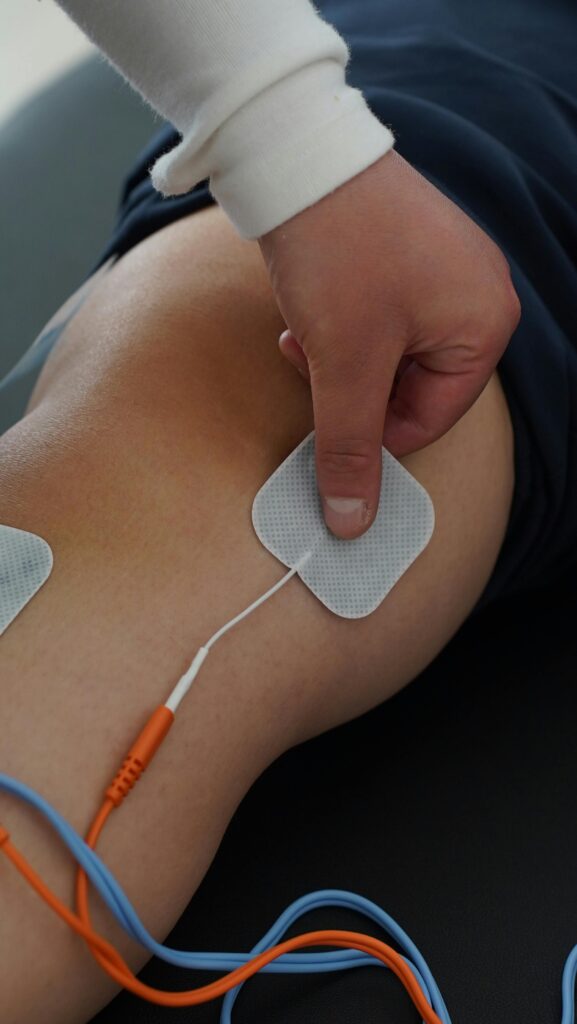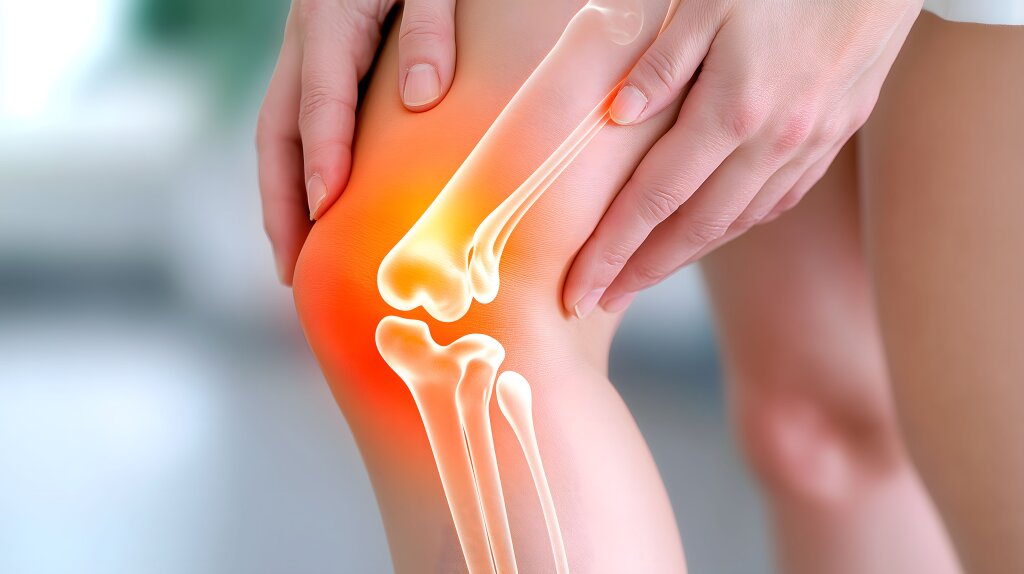Knee pain can be a constant, nagging companion that disrupts your daily routine—from walking and climbing stairs to enjoying a simple outing with friends. If you’re tired of living with discomfort and limited mobility, physiotherapy might just be the key to reclaiming your active lifestyle. I’ve seen firsthand how targeted physiotherapy can transform lives, and in this article, I want to share what you need to know about using physiotherapy to get rid of knee pain.
Understanding Knee Pain
Affecting people of all ages, knee discomfort is one of the most often occurring musculoskeletal problems. It can result from a variety of factors such as overuse, injury, arthritis, or even misaligned joints. For many, knee pain isn’t just an occasional annoyance—it can significantly hinder everyday activities and reduce overall quality of life.
When you experience knee pain, it’s often accompanied by swelling, stiffness, and sometimes even a grinding sensation when you move. These symptoms can arise from conditions like osteoarthritis, tendinitis, or ligament injuries. Understanding the root cause of your pain is the first step toward effective treatment, and physiotherapy offers a personalized approach to address these underlying issues.
How Physiotherapy Helps Relieve Knee Pain
Physiotherapy is a holistic approach that focuses on restoring function, reducing pain, and preventing further injury. Instead of just masking the pain with medication, physiotherapy aims to improve your overall joint health. Here’s how it works:
1. Assessment and Diagnosis:
A qualified physiotherapist will begin by assessing your knee pain—this includes taking a detailed history and performing a physical examination. This evaluation helps pinpoint the cause of your pain, whether it’s due to muscle imbalances, joint instability, or inflammation.
2. Tailored Exercise Programs:
One of the mainstays of physiotherapy for knee pain is a customized exercise program. These exercises are designed to strengthen the muscles around the knee, improve flexibility, and enhance stability. Strengthening exercises target key muscles such as the quadriceps, hamstrings, and calf muscles. Stretching routines help to relieve tension and restore a full range of motion. Over time, these exercises can reduce pain and improve your ability to move without discomfort.
3. Manual Therapy Techniques:
In addition to exercises, many physiotherapists use hands-on techniques like joint mobilization, soft tissue massage, and stretching. These manual therapies can help reduce stiffness, improve circulation, and release tension in the muscles and ligaments surrounding the knee.
4. Modalities and Advanced Therapies:
Depending on your condition, your physiotherapist might incorporate other treatments such as ultrasound therapy, electrical stimulation, or cryotherapy (cold therapy) to help reduce inflammation and pain. These modalities can complement the exercise program and accelerate your recovery.

5. Patient Education:
One of the most empowering aspects of physiotherapy is the education you receive. Learning how to manage your knee pain through proper body mechanics, posture, and even footwear choices can have a long-lasting impact. Your physiotherapist will guide you on lifestyle modifications and self-care strategies to prevent future flare-ups.
Key Physiotherapy Exercises for Knee Pain Relief
Let’s look at some common exercises that have helped many people overcome knee pain:
• Quadriceps Strengthening:
Simple exercises like straight leg raises or seated knee extensions can build strength in the quadriceps, which support the knee joint. I remember a patient who noticed a remarkable reduction in pain after just a few weeks of consistently doing these exercises.
• Hamstring Stretches:
Tight hamstrings can pull on the knee joint, exacerbating pain. Gentle hamstring stretches help improve flexibility and reduce strain on the knee.
• Calf Raises:
Strengthening the calf muscles can improve overall stability and support the knee. Start slowly, and gradually increase the number of repetitions as your strength improves.
• Step-Ups:
Using a small step or platform, step up and down in a controlled manner. This exercise mimics everyday activities like climbing stairs and can help improve the functional strength of your legs.
• Wall Squats:
Stand with your back against a wall, slide down into a squat, hold for a few seconds, and then slowly slide back up. Wall squats are a low-impact way to strengthen your knees without putting too much pressure on them.
Real-Life Experiences and Success Stories
Being a Physiotherapist, I’ve talked with many individuals who have turned their lives around with our physiotherapy. One story that stands out is that of Meera, a 45-year-old teacher who had been sidelined by chronic knee pain for years. After beginning a tailored physiotherapy program, she noticed a gradual improvement in her mobility. “I could finally climb stairs without pain, and I even returned to gardening—something I thought I’d never do again,” she said. These real-life experiences remind us that with the right approach, knee pain doesn’t have to dictate your life.
Safety and Precautions
While physiotherapy can offer significant benefits, it’s important to approach any new exercise program with caution. Here are some pointers to help you:
• Consult a Professional:
Always get a proper diagnosis and work with a qualified physiotherapist before starting any new exercises, especially if you have severe pain or a history of knee injuries.
• Start Slowly:
Gradually ease into your exercise routine. Pushing too hard too soon can worsen your pain or lead to new injuries.
• Listen to Your Body:
If an exercise causes sharp pain or discomfort, stop immediately and discuss it with your physiotherapist. It’s essential to modify exercises to suit your comfort level.
• Stay Consistent:
The benefits of physiotherapy come with time and consistent effort. It might take several weeks to notice a significant improvement, so be patient and persistent.
Embracing a Healthier, Pain-Free Future
The road to relieving knee pain through physiotherapy is not a quick fix, but a gradual journey towards stronger, healthier joints. By incorporating targeted exercises, manual therapy, and patient education, you can reclaim your mobility and live a more active life. I’ve seen many patients transform their lives by simply taking small, consistent steps toward better health.
Investing in your knee health today is the best way to prevent long-term problems and improve your overall quality of life. Whether it’s returning to your favorite hobbies, spending quality time with your loved ones, or simply enjoying a pain-free walk in the park, physiotherapy offers the tools to help you get there.
Conclusion
I understand how frustrating knee pain can be—it can feel like you’re stuck in a never-ending cycle of discomfort. But remember, it doesn’t have to define your life. I’ve seen many people take back control of their lives through consistent physiotherapy and a few smart lifestyle changes. Even if progress feels slow at first, every little step matters.
Working with a skilled physiotherapist can help you tailor exercises to your specific needs, easing the pain and gradually boosting your mobility. Small changes—like incorporating gentle stretches into your routine or choosing a healthier diet—can add up to big improvements over time. Trust your body’s signals and don’t be afraid to ask for help when you need it.
At the end of the day, your journey toward a pain-free life is about perseverance. With each effort, you’re not only reducing your knee pain but also investing in a more active and fulfilling future. Take it one day at a time, stay positive, and remember that every step you take brings you closer to a life where knee pain no longer holds you back.
References
1. American Physical Therapy Association – “Knee Rehabilitation and Exercise Guidelines,” 2023.
2. Mayo Clinic – “Effective Treatments for Knee Pain,” 2022.
3. WebMD – “Managing Knee Pain with Physiotherapy and Lifestyle Changes,” 2023.
Also Read About : Medical Tourism: Your Passport to Affordable, High-Quality Healthcare
Visit Us At : https://g.co/kgs/rTqAjgt





